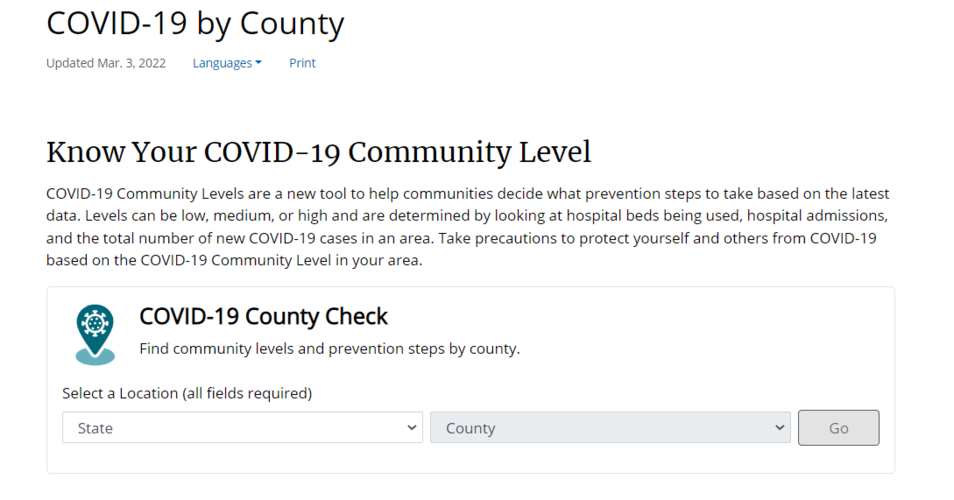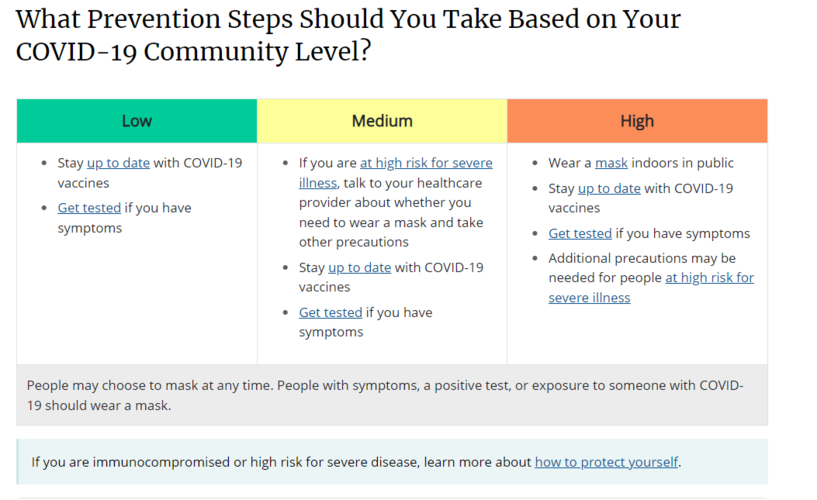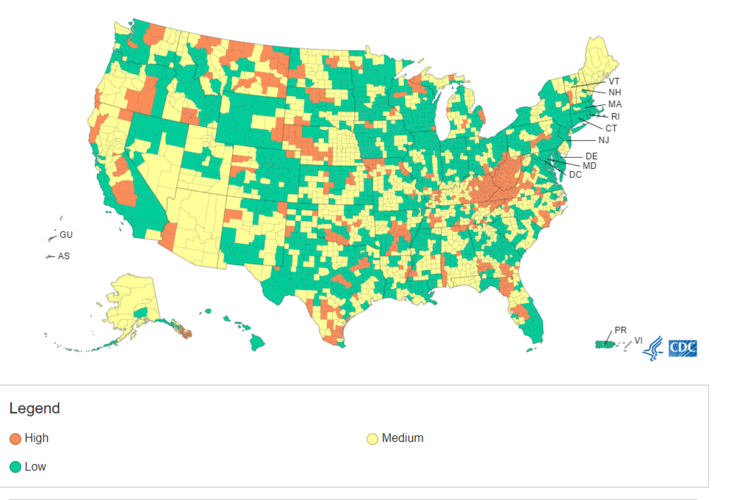COVID-19 Outbreak Information Updates (Reboot) [over 150.000,000 US cases (est.), 6,422,520 US hospitilizations, 1,148,691 US deaths.]
CDC guidance was updated recently.
https://www.cdc.gov/coronavirus/2019-ncov/your-health/covid-by-county.html



Oh, and WHO's comment on Omicron BA.2
https://www.who.int/news/item/22-02-2022-statement-on-omicron-sublineage-ba.2
Just a portion above.
CDC guidance was updated recently.
https://www.cdc.gov/coronavirus/2019-ncov/your-health/covid-by-county.html



Oh, and WHO's comment on Omicron BA.2
https://www.who.int/news/item/22-02-2022-statement-on-omicron-sublineage-ba.2
Just a portion above.